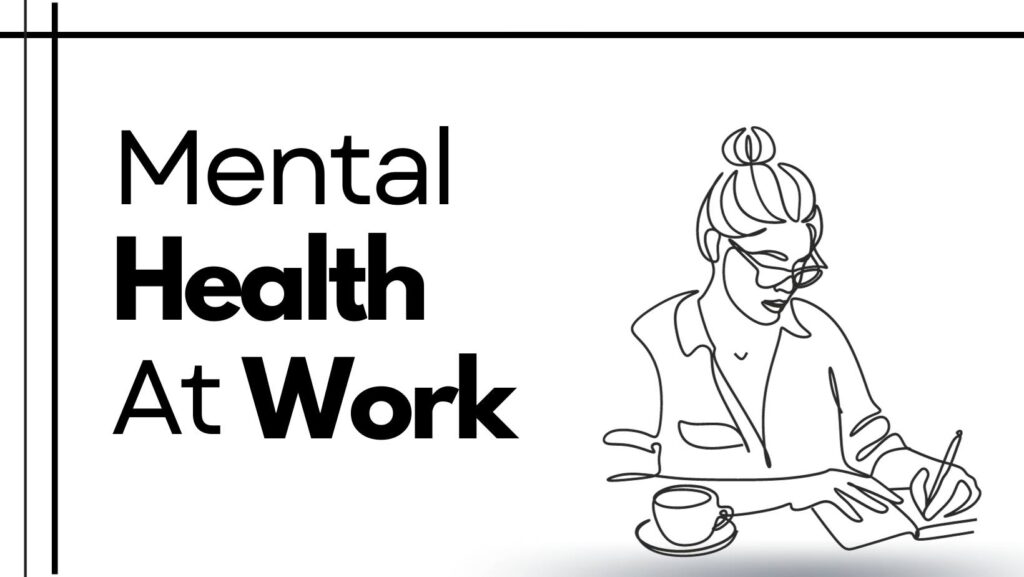As National Mental Health Month draws to a close, it is important we continue to raise awareness and reduce the stigma around mental health.
Significant numbers of people in the workplace are suffering with their mental health and wellbeing. On average, a person will spend approximately 30% of their life working. With this in mind, a job can have a huge impact on the quality of someone’s life. It is safe to say, a toxic workplace can impact significantly on the mental health of your employees. The number of psychological injuries at work has increased steadily over recent years. In addition to the emotional costs to the injured workers, mental injuries are now costing employers around $543 million per year[1].
One of the easiest ways employers can improve mental health outcomes for their employees is by raising awareness and starting a supportive dialogue around mental health. In turn, having a positive and supportive workplace culture will result in reduced turnover and an increase in productivity and profitability. Everybody benefits from a positive workplace culture! Below are some practical tips for promoting mental health in the workplace:
[1] Source: SafeWork Australia
1. Offer Mental Health Benefits to Employees
Some options employers can invest in to promote mental health include offering discounted gym memberships, designating rest rooms, offering free yoga and meditation classes and providing employees access to employment assistance programs.
2. Foster a Culture of Open Communication and Check in with Employees
Employees should have a safe space to voice their concerns and provide feedback. Some ways of opening up this communication could be by conducting employee surveys and having regular check ins between employees and their managers.
3. Training
One of the best ways to promote mental health is through training workshops. Employees across all levels of a business should be educated around mental health so they can better identify and deal with mental health issues in the workplace. Training workshops should be scheduled quarterly in order to continually educate staff.
4. Build a Flexible Workplace
By encouraging a flexible work environment, employers will be providing employees with more options and in turn this promotes work life balance. Some ways to encourage flexibility include:
- Allowing remote or hybrid working arrangements;
- Condensing working hours;
- Implementing a four day working week or 13 day fortnight; and/or
- Encouraging flexibility for employees to determine their own working hours
5. Promote a Culture Where Employees can Unplug from Work
In an era where employees can access their emails at any time of the day, it is becoming increasingly difficult to unplug from work responsibilities. However employers can encourage employees to unplug outside of working hours by:
- Setting boundaries;
- Fixing start and finishing times;
- Communicating expectations clearly;
- Discouraging overtime; and
- Leading by example.
It is up to companies to reduce the stigma around mental health in the workplace and start this crucial conversation. Providing a safe workplace clearly benefits everyone in a business but the responsibility to promote mental health practices and foster a positive workplace culture begins with our leaders.




Comments are closed.